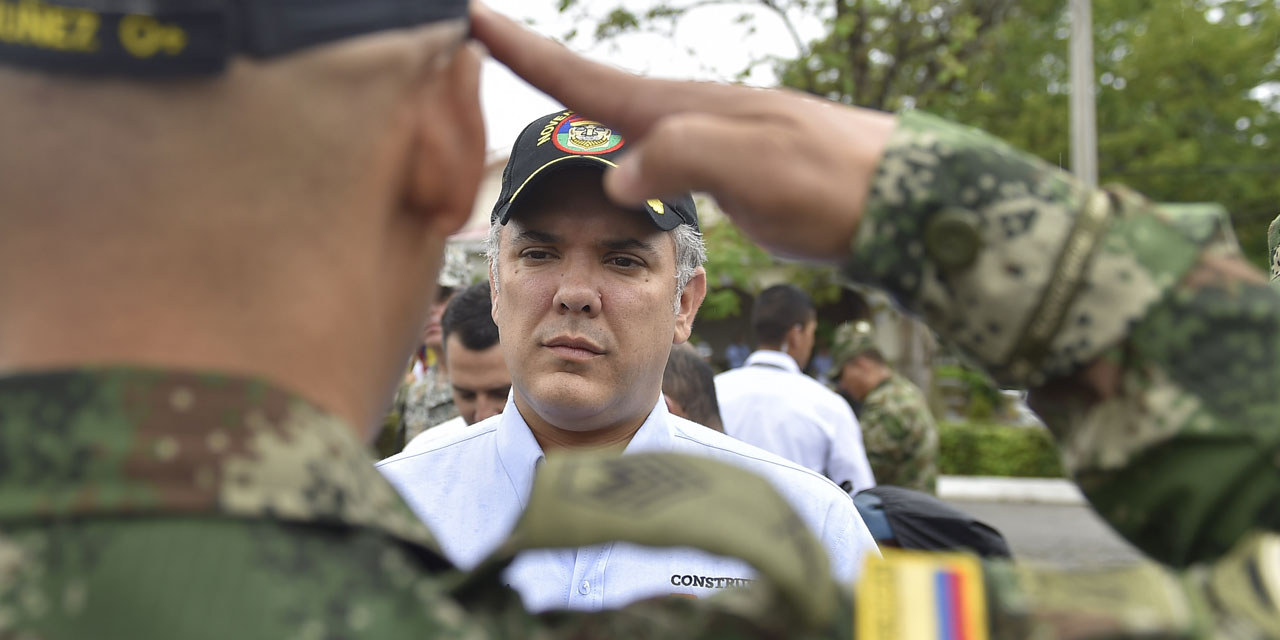Colombia’s security forces reported a 33% increase in combat kills and a 29% increase in arrests of alleged members of illegal armed groups in the first quarter of 2019 compared to the same period last year.
The sharp increase followed a reported order by army commander Major General Nicacio Martinez, who is investigated for murdering civilians, to boost results early this year.
According to the New York Times, “the head of Colombia’s army… ordered his troops to double the number of criminals and militants they kill, capture or force to surrender in battle — and possibly accept higher civilian casualties in the process.”
Colombia’s Defense Ministry statistics showed that reported combat kills and arrests shot up in the first quarter of 2019 compared to the same period last year.
More than 70 alleged members of illegal armed groups were allegedly killed in combat and 1337 were captured between January and March.
Voluntary surrenders of alleged guerrillas dropped 35% from 162 to 106.
First quarter military results
The last time Colombia’s military’s results went up this sharply was in 2002 when the army began killing civilians and presenting them as combat kills on a massive scale.
Two military officials told the NYT that “a pattern of suspicious killings and cover-ups has begun to emerge this year.”
“We have gone back to what we were doing before,” one officer said, according to the NYT.
Unlike during the “false positives” period when reported combat kills increased dramatically, the first quarter results of the military show a sharp increase in arrests, mainly members of paramilitary and organized crime groups.
According to the Defense Ministry, 1,129 members of so-called “organized armed groups” like the AGC and “organized crime groups” like the Oficina de Envigado, and 208 guerrillas were captured in the first three months of the year.
If those captured or killed are confirmed to be members of illegal armed groups or organized crimes organizations, the security forces should have virtually dismantled all illegal armed groups by the end of next year, an unlikely scenario after decades of armed conflict.


